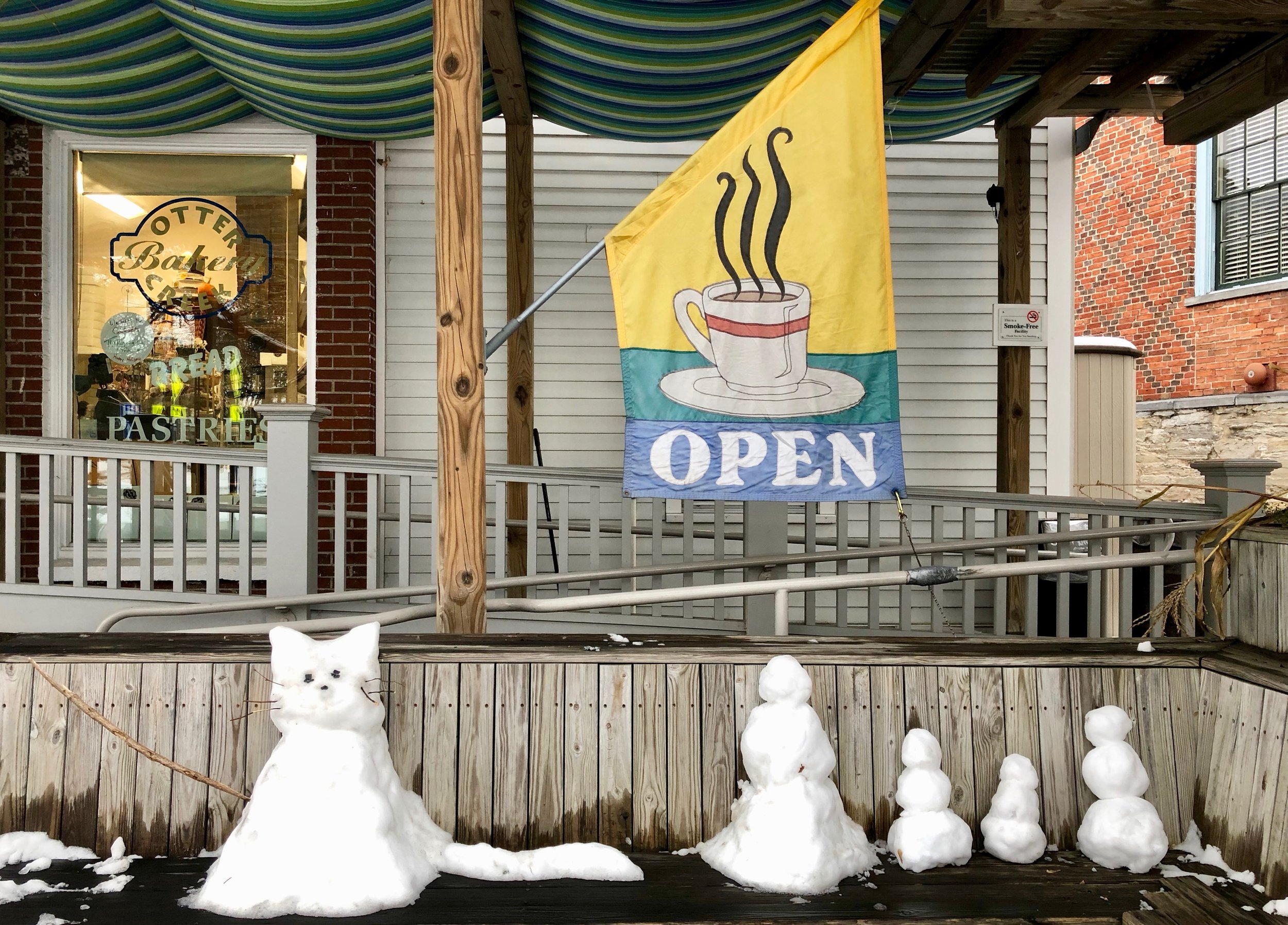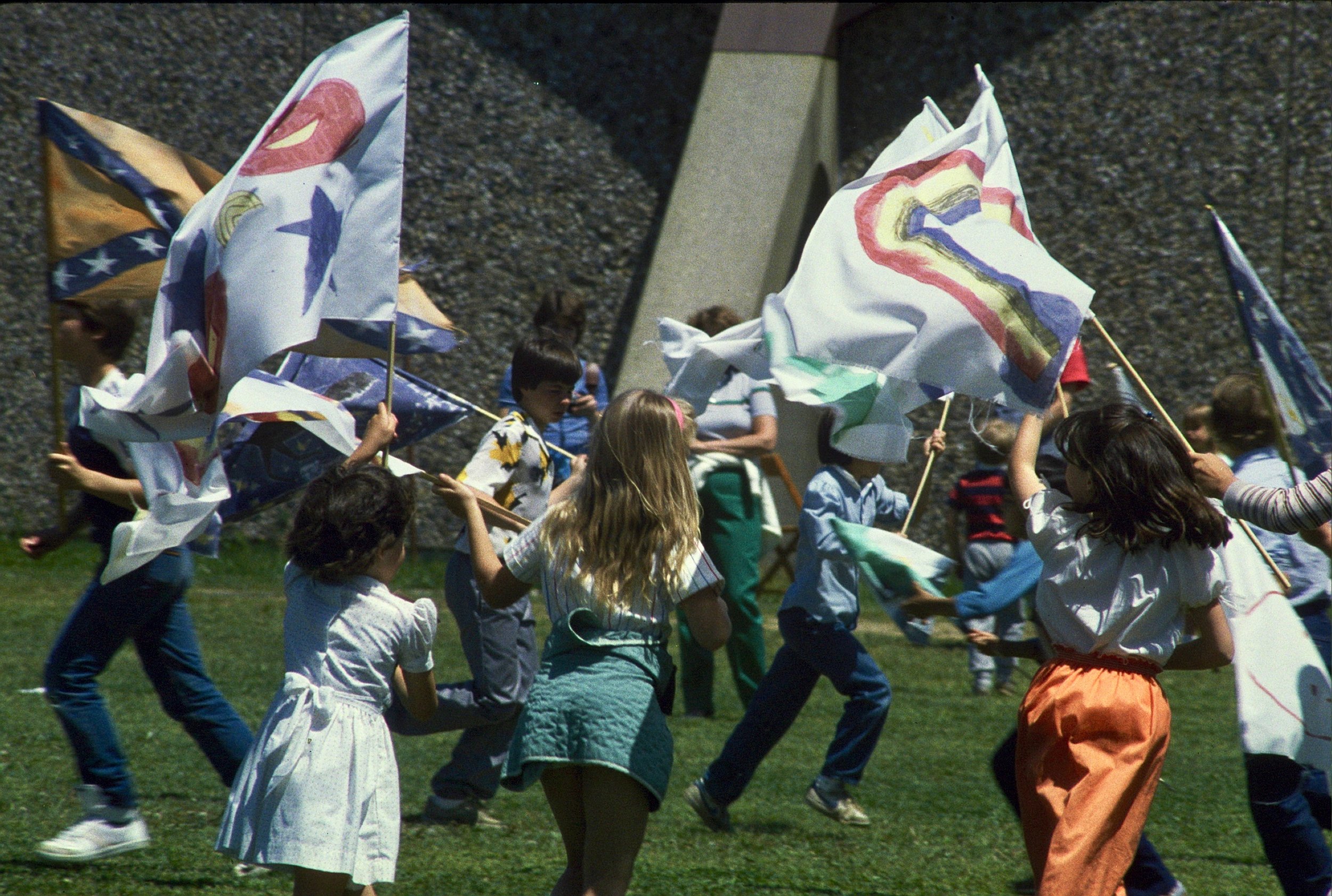In the last six months, I have written five blog posts on the topic of creativity. Lately, I have revisited some of the books that have inspired me the most and searched for new books and articles that could reveal more about creativity, how it works, and why it is such an important quality for all of us. I’ve read Creativity: The Psychology of Discovery and Invention by Mihaly Csikszentmihalyi, many articles in the publication Educational Leadership in an issue on Creativity, and other articles that I have saved and filed away. I have reread Daniel Pink’s A Whole New Mind, and Five Minds for the Future, by Howard Gardner, An Ethic of Excellence by Ron Berger, Art And Creativity in Reggio Emilia by Vea Vecchi, and several books and TED talks by one of our most articulate writers and speakers on creativity, Sir Kenneth Robinson. .
Loris Malaguzzi, the founder of the Reggio approach to the education of young children in Reggio Emilia, Italy used to say that in the schools of Reggio Emilia, creativity was dressed in everyday clothes. I think he meant that rather than being special or unusual, belonging only to a few, or being reserved for a special time and place, creativity is present in everyone and is everywhere. At its most basic, creativity means thinking, experimenting, and putting things together in new ways in words, in gestures, in actions, and in materials. For example, Carlina Rinaldi, author of In Dialogue with Reggio Emilia, and long time leader in Reggio Emilia in many roles, reminds us that when a very young child gives a color a name like “sun yellow” or “egg yellow,” that this is a creative act.
Csikszentmihalyi and other researchers differentiate between creativity with a little c and creativity with a big C. Creativity with a big C is a contribution to a domain such as science, art, or literature that is game changing and causes a shift in thinking, culture, and action. (As I understand it, creativity with a little c is creativity dressed in everyday clothes.)
From the studio of Lizi Boyd, sculpture by her son as a young child
Most researchers and parents agree that young children are naturally curious, full of wonder, playful, inventive and creative. Howard Gardner writes, The mind of a five-year-old represents, in one sense, the height of creative power. But how to retain a childlike sensibility throughout life? So much depends on the messages that exist outside the walls of the school…and within classrooms...
In A Whole New Mind, Daniel Pink argues that the future belongs to a different kind of person with a different kind of mind: artists, inventors, storytellers-creative and holistic "right-brain" thinkers who will thrive themselves and work to create a hopeful, healthy future for all of us.
From Diana School, Reggio Emilia, Italy
In one of Ken Robinson’s talks he says, An esthetic experience is one in which your senses are operating at their peak, when you are present in the current moment, when you are resonating with the excitement of this thing you are experiencing, when you are fully alive. An anesthetic experience is when you shut your senses off, and deaden yourself to what is happening. We are getting our children through education by anesthetizing them. And I think we should be doing exactly opposite, we shouldn't be putting them asleep, we should be waking them up to what they have inside of themselves.
In our hearts and minds, we know that, as humans, our imaginations and creativity coupled with hard work, passion, and skill have contributed to the most important and beautiful works of humankind for thousands of years, in each discipline. Csikszentmihalyi writes, when we are involved in creativity we feel that we are living more fully and sense that we are a part of an entity greater than ourselves.
Festival for the Childrens Art Exchange, Middlebury, Vermont
To honor and nurture our human capacity to be fully alive, awake, present, to think, and to work alongside others to contribute to our communities, we must create schools and classrooms where creativity thrives. We are fortunate to have many researchers, authors, and examples of schools such as those in the municipally funded system of schools for young children in Reggio Emilia to inspire us and help us. As Ken Robinson says, we must shift our current paradigm of school to one that is dedicated to children’s intelligence, creativity and gifts.
Several years ago we met a young film maker, Bianca Giaver at Middlebury College. Among other innovative films that she created, one, entitled Scared is Scared enacts, casting Middlbury College students, a delightful improv story about Asa Bear and Toby Mouse as told by six-year-old Asa Baker-Rouse. It highlights the natural, playful, spontaneous mind of a six-year-old and the creativity, hard work, skill, and passion of a young film maker and a group of college students. The film has been viewed almost two million times on Vimeo. There are articles about it in Huffington Post and online at Bustle. Take the 8 minutes to watch this film as you will be charmed, delighted, touched, and inspired to take creativity in everyday clothes into your day and into school. We promise.
Self Portrait in natural materials from The College School






